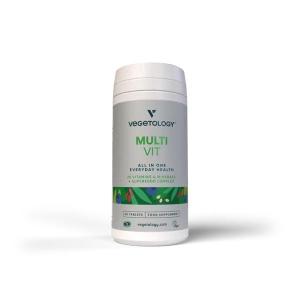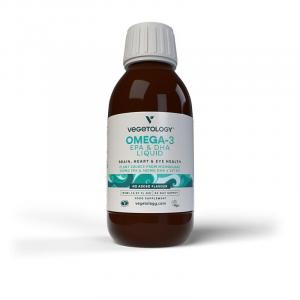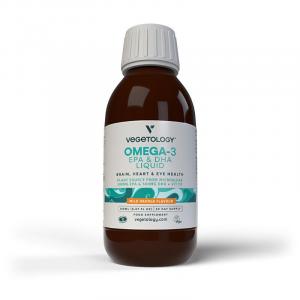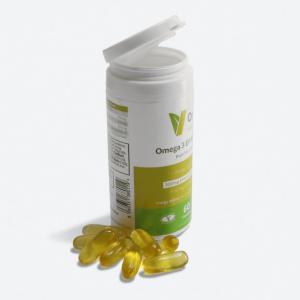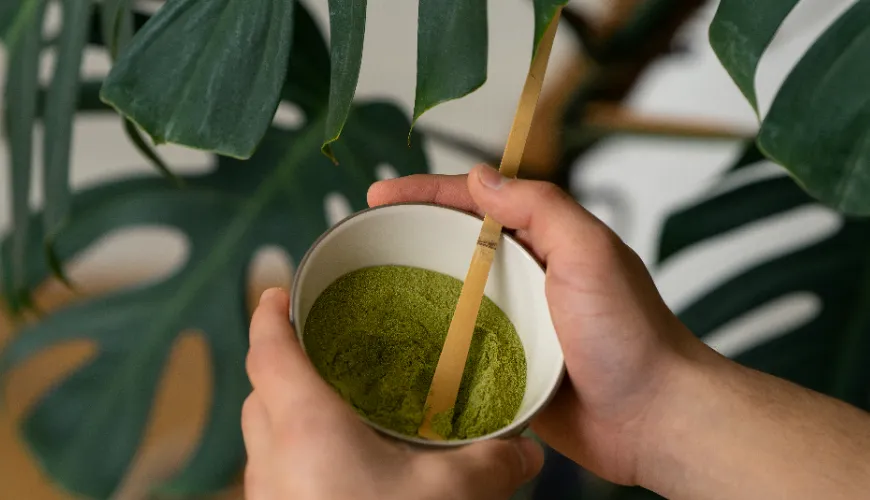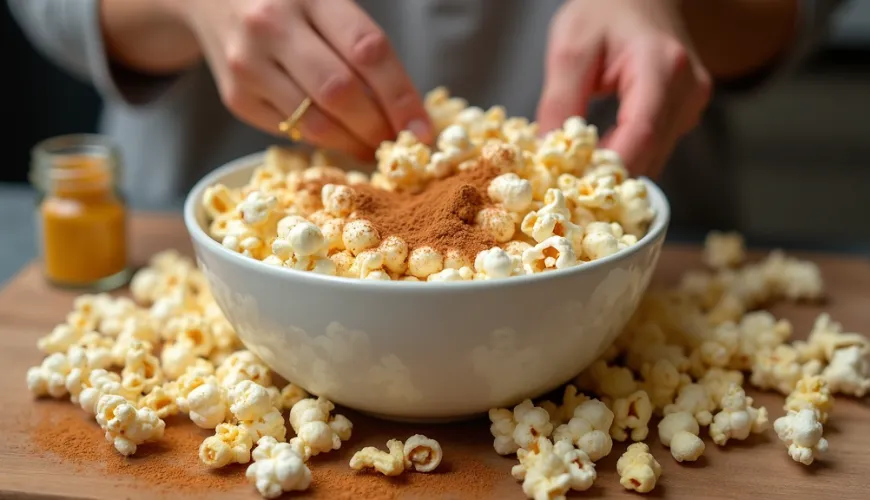
How to Prepare the Perfect Gravlax at Home and Impress Your Guests
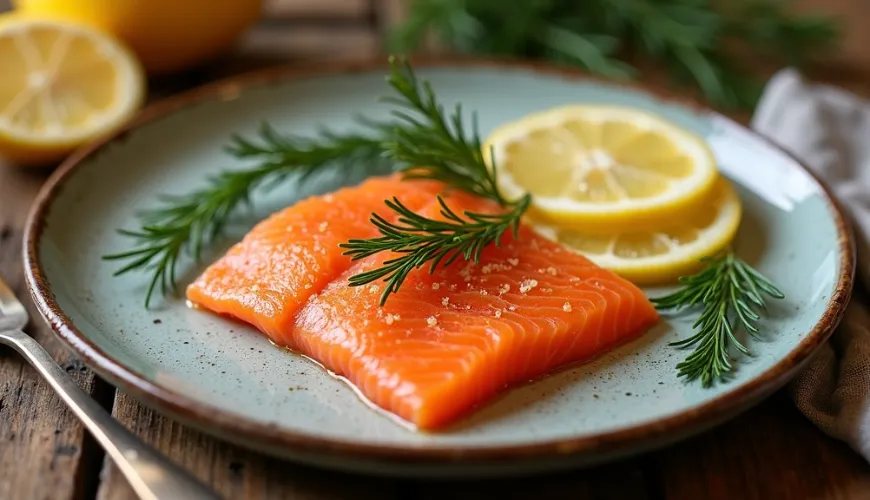
Gravlax - Scandinavian Delicacy Making Its Way to Czech Tables
In recent years, Scandinavian cuisine has been experiencing a global renaissance, bringing awareness to lesser-known dishes that surprise with their simplicity, taste, and focus on quality ingredients. One such dish is gravlax – marinated salmon, whose tradition dates back to medieval Norway and Sweden. Although it might seem like an exotic delicacy at first glance, its preparation is actually simpler than it might seem. This is precisely why salmon gravlax is finding its way into Czech households – not just as a treat for festive occasions but also as part of a healthy diet.
What is gravlax and where does it come from?
The word "gravlax" comes from the combination of the Norwegian and Swedish words "grav" (grave or dig) and "lax" (salmon). Originally, fishermen in the Nordic countries would bury freshly salted salmon in pits in the ground, allowing it to slightly ferment. The result was gently cured salmon with a pronounced flavor, which stayed fresh longer. In its modern form, gravlax is primarily prepared by salting and marinating in herbs, sugar, and sometimes alcohol, usually without fermentation.
The typical mixture for marinating salmon for gravlax includes coarse sea salt, sugar, and fresh dill. These three ingredients form the base, but there are various modern variations that add, for example, beetroot, citrus zest, juniper, or vodka or gin. The result is tender meat with an intense flavor, typically sliced into thin pieces and often served with mustard sauce, bread, or as part of tapas.
How to prepare homemade salmon gravlax?
Surprisingly easily. The key is the quality of the fish – ideally, fresh salmon fillets with skin, preferably organic or from sustainable farms. If you don't have access to truly fresh fish, it is recommended to first freeze the fillet briefly (at least 24 hours at -20 °C) to prevent any possible parasites. Then thaw the fish in the fridge and only then marinate it.
Here is a proven recipe for homemade gravlax:
Ingredients:
- 1 kg raw salmon (fillet with skin, boneless)
- 100 g coarse sea salt
- 100 g brown sugar
- 1 bunch of fresh dill (roughly chopped)
- optionally: 2 tablespoons of gin or vodka, zest of 1 lemon or orange
Clean the salmon fillet, dry it, and place it skin-side down on cling film. Mix the salt, sugar, and chopped dill, optionally adding alcohol and citrus zest. Spread this mixture evenly over the entire fish. If you have two equally sized fillets, you can marinate them "flesh to flesh," otherwise, one is enough, and just cover it completely with the mixture. Wrap tightly in film, place in a container, and weigh it down – for example, with a smaller bowl or box of water. Store the salmon in the fridge for 36 to 48 hours. Turn it once or twice during the process.
Rinse the finished gravlax from the marinade, dry it, and slice it into thin transparent pieces with a sharp knife. Store in the fridge and use within 5 days.
Why include gravlax in your diet?
Gravlax is not just a treat for gourmets – it is also a healthy way to consume fish, especially if prepared at home without preservatives. Salmon is a natural source of omega-3 fatty acids, which have a positive effect on the heart, brain function, and immunity. It also contains quality proteins, vitamin B12, selenium, and vitamin D.
Unlike smoked salmon, which is often sold packaged and with additives, gravlax is fresher, and its taste is milder and less salty. Moreover, marination preserves the natural structure of the fish without the need for heat treatment, so nutrients are not destroyed.
Given that gravlax preparation generates no emissions from cooking, baking, or frying, it is also an eco-friendly way of processing food. And if you choose salmon from certified farms, you contribute to sustainable fishing.
Try our natural products
Gravlax in Czech cuisine? Definitely yes!
It might seem that gravlax is a matter of Nordic countries, but its versatility makes it ideal for Czech cuisine as well. It fits perfectly as an appetizer on a festive table, on canapés, in sandwiches, or as part of a light dinner or brunch. A typical Scandinavian combination is with mustard-honey sauce and rye bread, but it also works great with fresh pastries, butter, and lemon.
For example, a family from Brno, who try to eat healthily while seeking new flavors, tried gravlax for their Christmas dinner instead of fried carp. They adjusted the recipe to their preferences – adding pink peppercorns and a bit of crushed coriander to the marinade. The result pleasantly surprised even the grandparents, who enjoyed the delicate salmon without a single bone.
Variations and tips for experimenters
Gravlax is wonderfully versatile and can be adapted to taste. Some people add beetroot to the marinade, which gives the meat a beautiful color and slightly earthy flavor. Others experiment with citrus, honey, juniper, or ginger. An interesting effect can also be achieved by using dried flowers or seaweed.
When serving, you can combine it with homemade mayonnaise, hard-boiled eggs, avocado, or pickled vegetables. In Scandinavia, it is often served with wine vinegar and honey or with a mustard-Dijon sauce known as "hovmästarsås."
Gravlax can also be used as part of sushi, in pasta, or on pizza as an unconventional substitute for smoked salmon. There are no limits to creativity – the important thing is that the base of gravlax consists of natural and simple ingredients.
Sustainability and ethics - what to watch out for
With the growing popularity of seafood, the pressure on their population is increasing. Therefore, when choosing salmon, it is important to focus on the origin and method of farming. The ideal choice is wild Alaskan salmon or certified farming with ASC (Aquaculture Stewardship Council) labeling. These certifications ensure that the fish come from farms that consider environmental protection, fish health, and working conditions.
In the Czech market, it is increasingly easier to find salmon from responsible sources – whether in organic food, specialized shops, or some supermarkets. If your goal is to live healthier while also considering the planet, gravlax can be a great step in that direction.
As the famous Danish chef René Redzepi said: "Scandinavian cuisine is not just about food. It's a way of looking at the world." Gravlax is precisely that – a simple yet sophisticated dish that connects tradition, quality, and sustainability.
Next time you're thinking about what to prepare for Sunday brunch or a festive table, try gravlax. This ancient Nordic delicacy has much to offer – not just in taste but also in philosophy.
